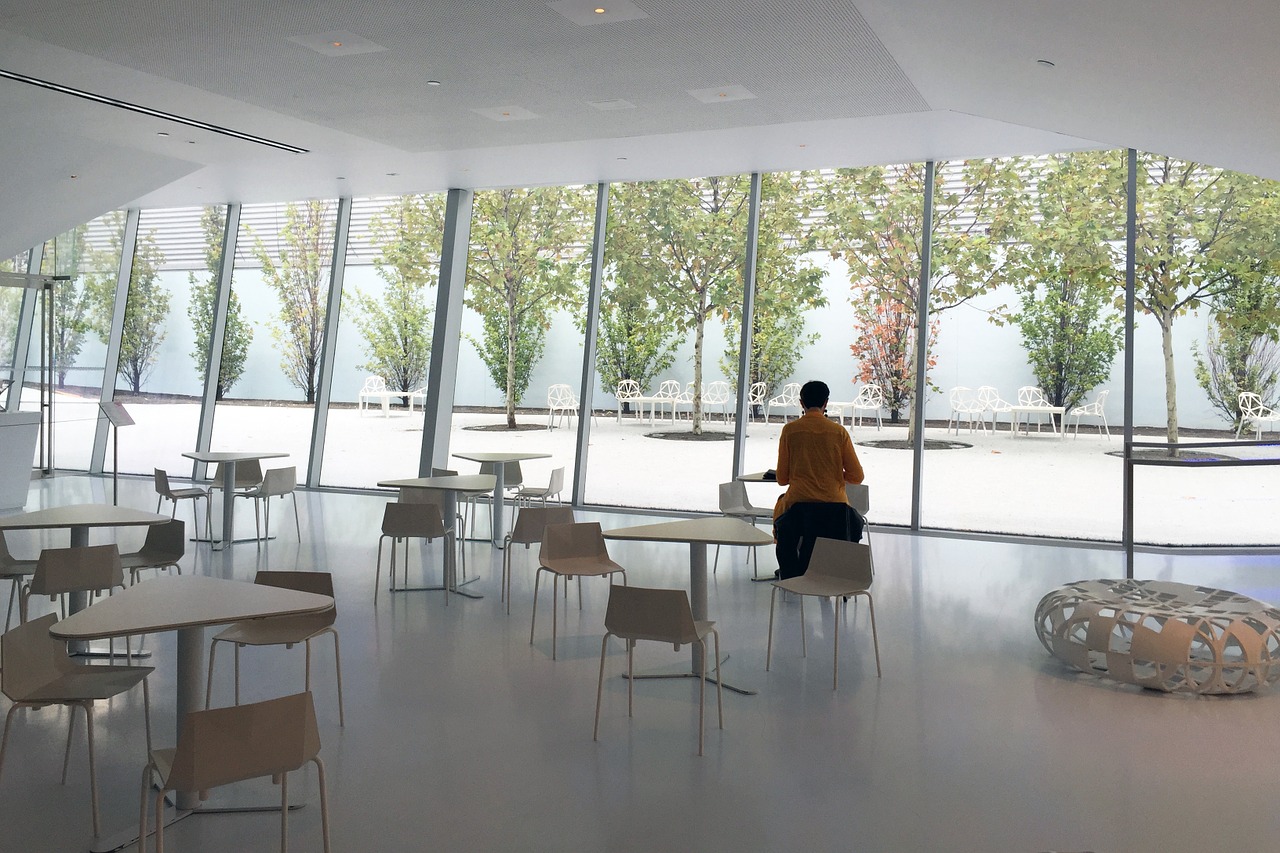Code Green Solutions


Health and wellness is one of the fastest growing industries, and companies and consumers alike are driving this demand. With increasing focus on how our built environment is impacting our health outcomes, the WELL Building movement is seeing significant uptake. Since the launch of the WELL Building StandardTM (WELL), the first standard to focus exclusively on health and wellness in the built environment, nearly 200 projects across 17 countries have already registered or certified. This rapid, global adoption is evidence of the exciting economic and social value proposition of introducing preventative medical intentions into our built environment, where we spend more than 90 percent of our time.
Commercial offices have been particularly quick to pursue WELL, reflecting the overall trend toward workplace wellness. Take for example a recent study by Deloitte seeking to determine how employees interact with the built environment and gauge the relative importance of workplace features and amenities. The results showed an appeal for high levels of natural light, a modern fit-out that supports and promotes well-being, as well as direct requests for WELL Certification. Deloitte in fact recently required a WELL Core & Shell Certification in a RFP for their HQ relocation in Australia.
The industry is responding. In March of this year, the International WELL Building InstituteTM (IWBITM) continued to address investor and tenant demand for healthier buildings by developing the WELL Core & Shell Certification and Pre-certification programs. At the same time, GRESB launched a Health and Well-being Module for the real estate industry that evaluates and benchmarks actions by property companies and funds to promote the health and well-being of employees. The module also evaluates strategies to create value through products and services that promote health and well-being for their tenants and customers.
The ability of all businesses to attract and retain employees, improve productivity and satisfaction, and reduce absenteeism are seen as essential and fundamental to their success. Over ninety percent of the ongoing costs of any building are the PEOPLE inside of it – salaries, wages, benefits, productivity, healthcare costs and retention. WELL marries best practices in design and construction with evidence-based medical and scientific research, enabling us to make more informed decisions and address the largest “cost” of our buildings, its occupants.
Traditional corporate wellness programs, such as nutritionists and smoking cessation, can cost up to $650 per employee per year. By using the built environment as a conduit to improve human health, we are seeing one-time costs for WELL Certification that average $100 per employee – savings that are so meaningful that some employers have designated Chief Wellness Officers to optimize this investment. Costs will vary by project, but with early evidence of incremental hard costs for WELL ranging in some cases from 0 to less than 1 percent compared to base-line construction costs, we are achieving a more meaningful return on investment.
By placing people at the heart of design, construction, operations and development decisions, we have the ability to add significant value to real estate assets, generate savings in personnel costs, and enhance the human experience. So whether it’s a building owner looking to differentiate their space so they can lease to tenants, or companies looking to retain and attract employees, enhance productivity, or potentially reduce health care costs, there is value for everyone in this growing WELL Building movement.